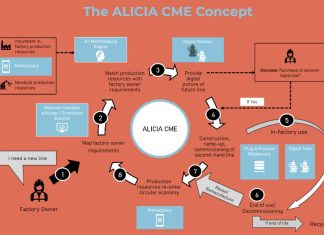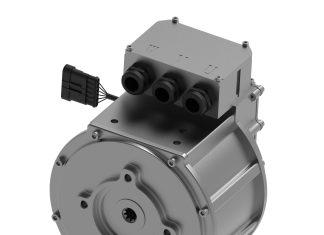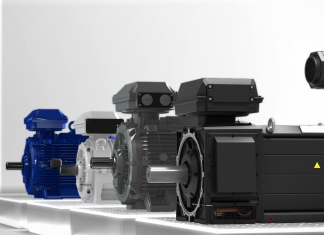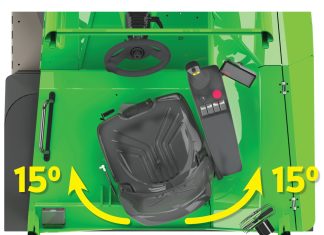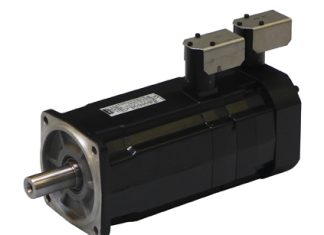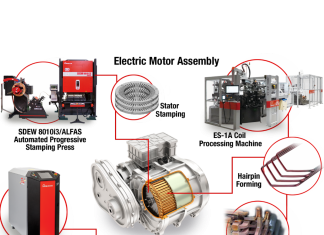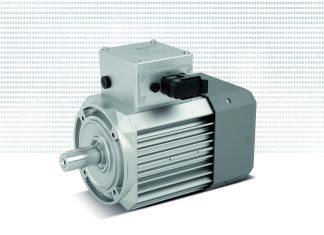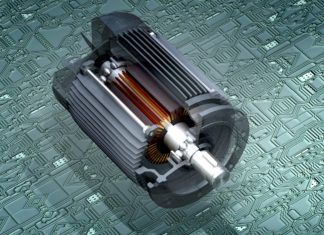From systems to solutions
With its range of modular products, NORD Drivesystems offers countless combinations of motors, gear units and drive electronics components. Along with its application expertise, the company develops drive solutions that perfectly address...
ALICIA: a platform to keep an eye at
The European project ALICIA, platform coordinated by the Technical University of Munich (TUM) and funded by Horizon Europe, aims to revolutionize the manufacturing sector by promoting the transition to a circular economy....
A new low-voltage electric motor efficiently powers hydraulic functions on compact electric machinery
Danfoss Power Solutions announced the launch of its Editron EM-PMI180 low-voltage electric motor. The 48-volt synchronous reluctance assisted permanent magnet (SRPM) motor is designed to drive a hydraulic gear pump in compact...
Pushing the performance envelope with premium low voltage motors
Pushing the performance envelope with ABB’s premium low voltage motors
Premium engines can transform industrial operations by incorporating advanced energy efficiency technologies supported by industry expertise and a commitment...
Alternate or direct current motors?
Obviously, we are not referring to AC-DC, the group of "Highway to Hell" and "Back in Black". We are instead asking the question whose answer determines the first engineering choice, in other words “alternate...
Combilift receives its 3rd Red Dot Win with its new 7-ton electric multidirectional counterbalance forklift
Irish-based manufacturer Combilift has been awarded the prestigious Red Dot Award for Product Design 2025 for its Combi-CB70E, high-capacity, electric-powered multidirectional forklift, developed to meet the needs of heavy-duty, long-load handling in more sustainable ways.
Parker, electric motors for explosive environments: new certifications and increased durability
Parker recently announced expanded certifications and significant enhancements to its EY and EX servo motor series, solidifying its position as a partner of choice in critical and regulated applications, in particular for...
Synergistic capabilities to streamline electric motor manufacturing
AMADA Weld Tech highlights synergistic capabilities to streamline electric motor manufacturing: the integration of hairpin forming, stator stamping and advanced welding solutions enhances production efficiency and quality for next-generation electric motors and...
IE5+ synchronous motors: more than just energy-efficient
IE5+ synchronous motors from NORD Drivesystems stand for the highest level of efficiency and operational reliability. They surpass the highest defined efficiency class and are characterised by their compact, hygienic design in...
Electric motors and their impact on mechanics
In the past, when motors were the conversation subject, it was almost unavoidable to think of a standard explosion engine, maybe of some old frames of some black and white movies. Today instead, speaking...


